Blog
Vultures: Nature’s cleanup crew and wildlife detectives
Read more15 of the most endangered animals in the ocean
From whales and dolphins to sea turtles, sharks, and stingrays, many of the animals in our ocean are facing potential extinction. The threats they experience are often caused by humans, including bycatch, ocean noise, and pollution, and the ocean’s poor conditions are only exacerbated by the looming threat of climate change.
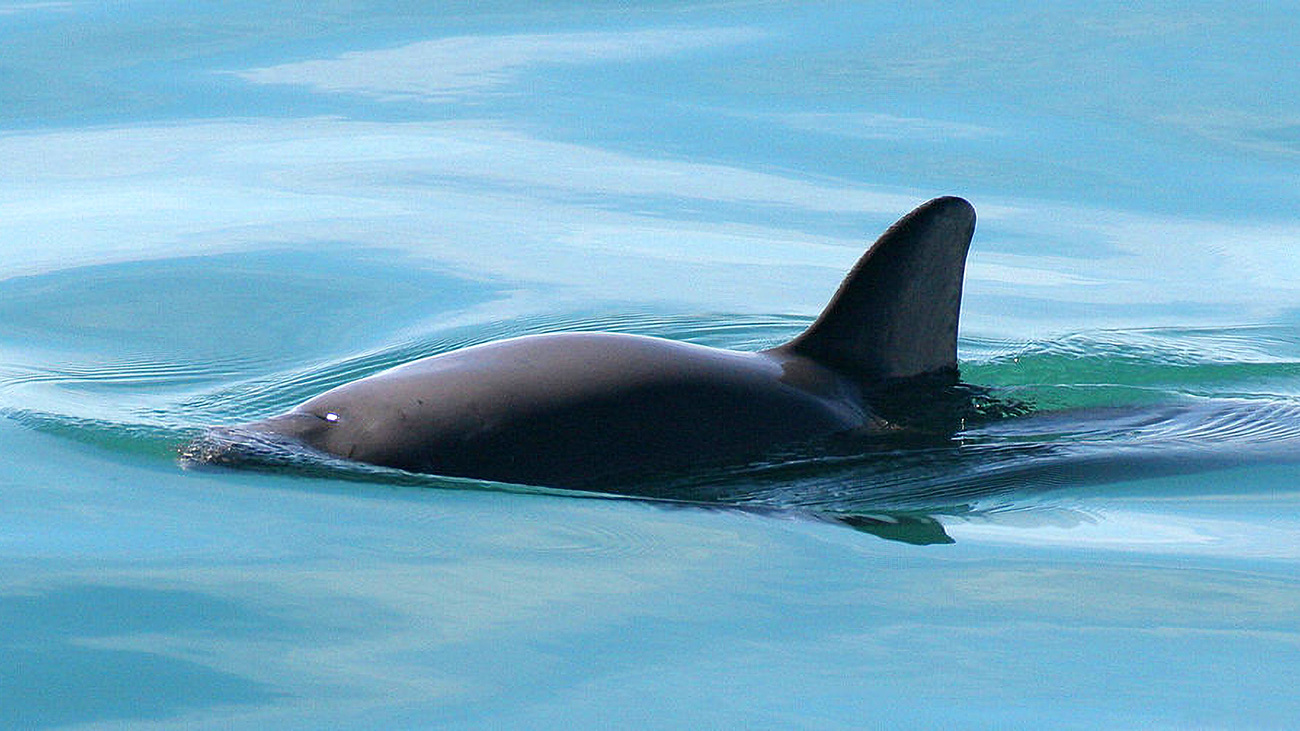
IFAW is committed to protecting marine animals around the world, from rescuing and rehabilitating marine mammals to advocating for stricter vessel speed limits. You can learn more about our marine conservation work or find out how you can get involved.
Here are just 15 of the most endangered animals in the ocean, all of which are classed by the International Union for the Conservation of Nature (IUCN) as endangered or critically endangered.
There are about 350 critically endangered North Atlantic right whales remaining in the ocean, only about 70 of which are breeding-age females. These whales are on the brink of extinction, as they consistently experience fatal vessel strikes and entanglements. Every year, we keep track of the new North Atlantic right whale calves as they are born, as every calf is critical to the survival of this species.
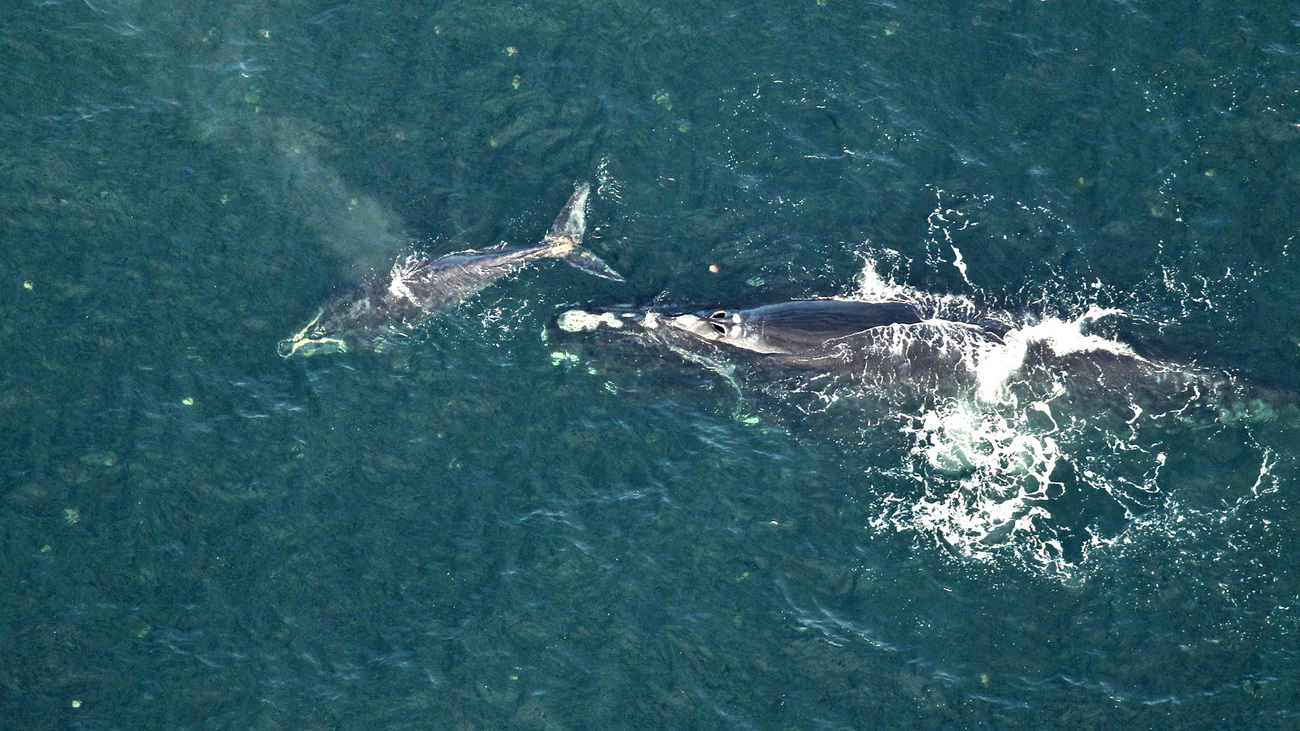
Vaquitas are the smallest living cetaceans, and they are found only in the Gulf of California in Mexico. There are only about 18 vaquitas remaining in the ocean. The most serious threat to these porpoises’ survival is being caught in gillnets. Because of their extremely small population, Mexico has enacted a series of regulations to protect the remaining vaquitas, including establishing a Zero Tolerance Area, banning all fishing in that zone, with 24/7 surveillance.
According to the IUCN, 10 stringray species are classed as critically endangered. These include the shorttail whipray, smalltooth stingray, and wingfin stingray, among others. Like marine mammals, stingrays are threatened by vessel strikes and entanglement. They are also targeted by fishers, and many species are at risk of overfishing because stingrays mature and reproduce slowly.
Found in tropical and warm temperate waters around the world, the great hammerhead is the largest hammerhead shark species, weighing 230 kilograms (500 pounds) and measuring four metres (13 feet) long. Great hammerheads are threatened by the global commercial shark fin trade, and they are also victims of bycatch. Sadly, demand for their fins may lead to their extinction if fishing continues to be unsustainable.
Thanks to persistent advocacy from IFAW and others, in 2022, nearly 100 species of sharks and rays were granted CITES protections, meaning they will be protected by law around the world. Initiatives like these are what will save sharks, rays, and other marine life from extinction.
Hawaiian monk seals are one of the most endangered seal species. Found in the Hawaiian Islands and other nearby Pacific islands, there are only about 632 Hawaiian monk seals remaining in the ocean. Though they largely inhabit areas where they live far from human activities, some Hawaiian monk seals are at risk of entrapment due to degradation of old human structures and pollution due to contaminants that have been left on these islands. The most critical threats to Hawaiian monk seals today include limited food availability, entanglement in fishing gear, predation by sharks, disease transmission from feral and domestic animals, and intentional killing and harassment.
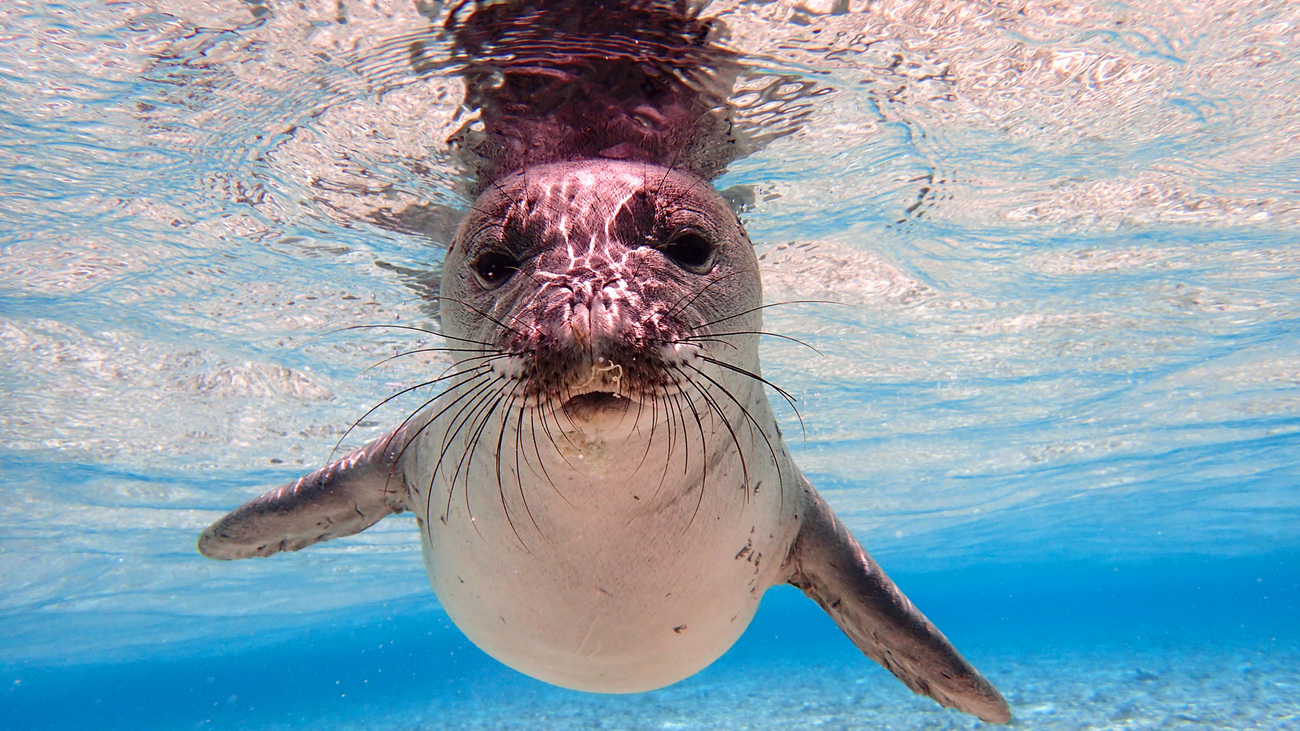
Found along the coast of West Africa, there are only about 1,500 critically endangered Atlantic humpback dolphins remaining in the ocean. As fisheries are a major source of food and income for communities living along their range, these dolphins often become victims of bycatch. Fisheries also reduce the availability of prey for Atlantic humpback dolphins. Pollution and disturbance of their habitat due to human activities is also a threat to their survival.
There are three endangered and critically endangered species of sea turtles—green turtles (endangered), hawksbill turtles (critically endangered), and Kemp’s ridley turtles (critically endangered). Prominent threats to sea turtles include hunting for their meat and eggs, bycatch, plastic pollution, habitat loss, and climate change.
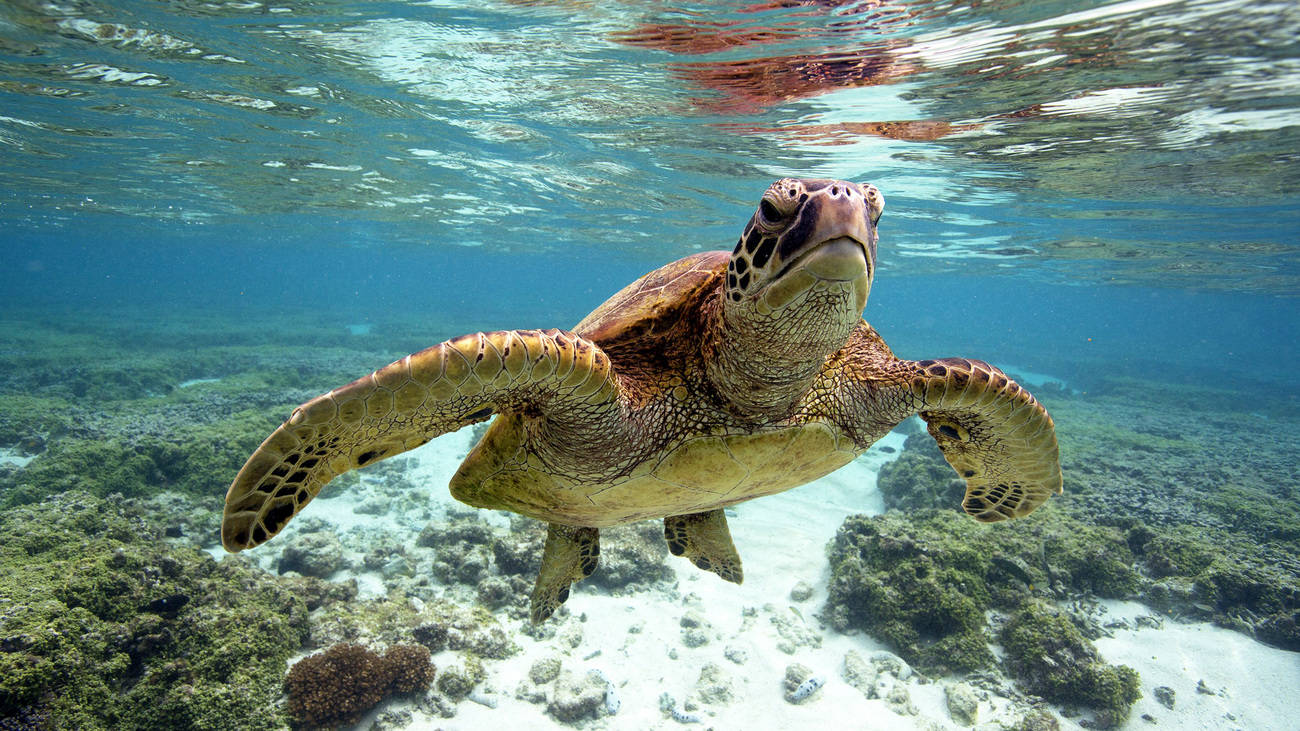
Black abalones are large sea snails—a type of mollusc—found along the coast of California, US, and Baja California, Mexico. Historically, they were the most abundant large marine mollusk on North America’s west coast. However, due to fishing, landslides, pollution, loss of kelp, changes in the ocean’s chemistry, and a bacterial disease called withering syndrome, black abalone are now classed as critically endangered. These molluscs serve as a food source for sea otters, fish, and crustaceans.
The European eel is a species with a fascinating life cycle—they lay their eggs in late winter in the Sargasso Sea, and once hatched, the larvae journey thousands of kilometres across the Atlantic to disperse across Europe and North Africa. This species has Appendix II protections under CITES, and it is one of the most poached species in the world.

Sand tiger sharks are found in temperate and subtropical waters around the world. They are generally calm, slow-swimming sharks that have caused no confirmed human fatalities. They are also the most widely kept sharks in public aquariums. Thanks to targeted fishing and bycatch, sand tiger sharks are critically endangered. They are valued for their meat and fins. Though regulated in some places, fishing of sand tiger sharks is uncontrolled in other areas, leading to their decline. Because it mainly inhabits inshore coastal waters, this species is also threatened by habitat loss and degradation due to pollution.
Though they might look more like rays, angelsharks are a type of shark with flat bodies and large pectoral fins. There are 26 species of angelsharks, eight of which the IUCN classes as critically endangered, and another four are classed as endangered. Commercial fishing poses a major threat to angelsharks. Once, they were so commonly targeted—and so commonly found in the ocean—that the fishing industry developed a specific type of net designed to catch them. But over the past few decades, angelsharks have experienced significant population declines due to being targeted by fishers and being accidentally caught.
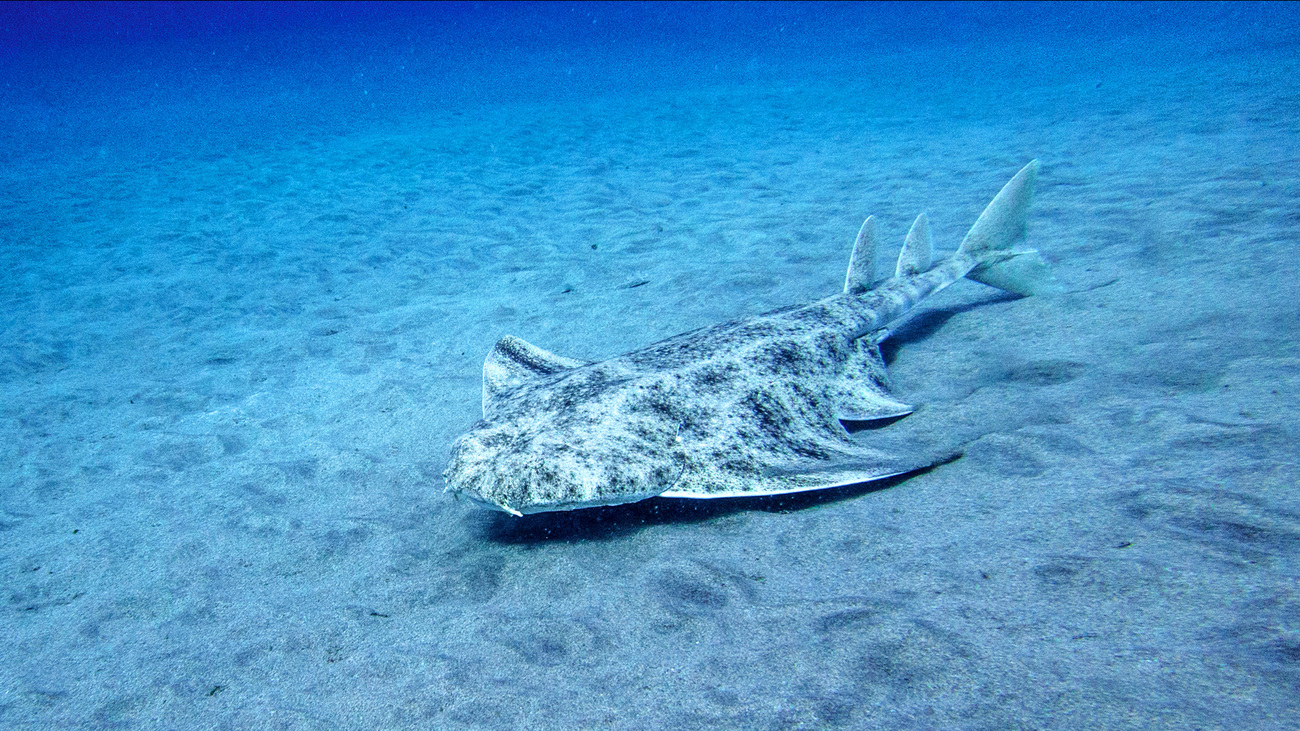
Sunflower sea stars are found along the Pacific coast of North America, from Alaska’s Aleutian Islands to Baja California, Mexico. They are named for their yellow-orange colour and their sunflower-like shape. A disease called sea star wasting syndrome is one of the biggest threats to this critically endangered species’ survival. An outbreak from 2013 to 2017 decimated their population. Researchers are still determining how human activities and climate change contribute to the spread of this disease. Today, there are about 80,000,000 sunflower sea stars in the ocean; however, this is a substantial decline from their pre-2013 numbers. Due to the disease, they experienced a 100% decline in Oregon and California, a 99.2% decline in Washington, and a 90.6% total decline.
Albatrosses are large seabirds found in the Southern Ocean and North Pacific. There are 22 species of albatrosses recognised by the IUCN, two of which are listed as critically endangered and seven of which are endangered. The two critically endangered species are the Tristan albatross and waved albatross. Tristan albatrosses are found off the coasts of South America, Africa, and Australia, and there are as few as 3,400 of them remaining in the wild. The waved albatross is found off the coast of Ecuador, Peru, and the Galapagos Islands. These birds face the threat of bycatch, specifically from longline fisheries, and some are also hunted. They are also preyed on and driven out of their habitats by introduced species, including rats and mice. Oil spills and climate change also pose threats.
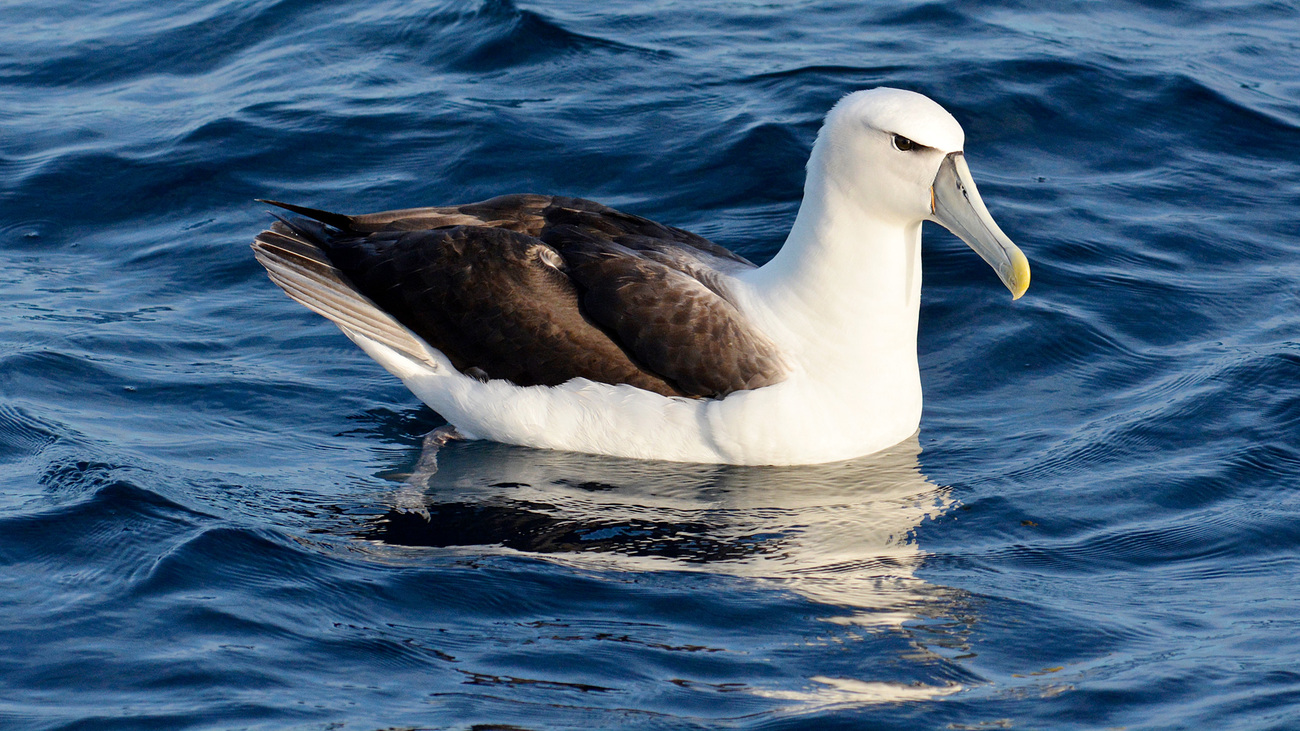
Giant sea bass are large fish found in the North Pacific, capable of growing to over 2.1 metres (seven feet) and weighing over 318 kilograms (700 pounds).
Nassau groupers are reef fish found in the Gulf of Mexico, the Caribbean, and along the southeastern coast of the US. As it was once one of the most abundant and easy-to-catch fish in the US, its population quickly became depleted. Nassau groupers are considered commercially extinct in much of their range. They have also experienced an over 59% decline in coral cover in the Caribbean.
IFAW is working around the world to mitigate threats to marine life like ocean noise pollution, bycatch, vessel strikes, and climate change. Learn more about our marine conservation and our marine mammal rescue programmes.
Every problem has a solution, every solution needs support.
The problems we face are urgent, complicated, and resistant to change. Real solutions demand creativity, hard work and involvement from people like you.
Unfortunately, the browser you use is outdated and does not allow you to display the site correctly. Please install any of the modern browsers, for example:
Google Chrome Firefox Safari